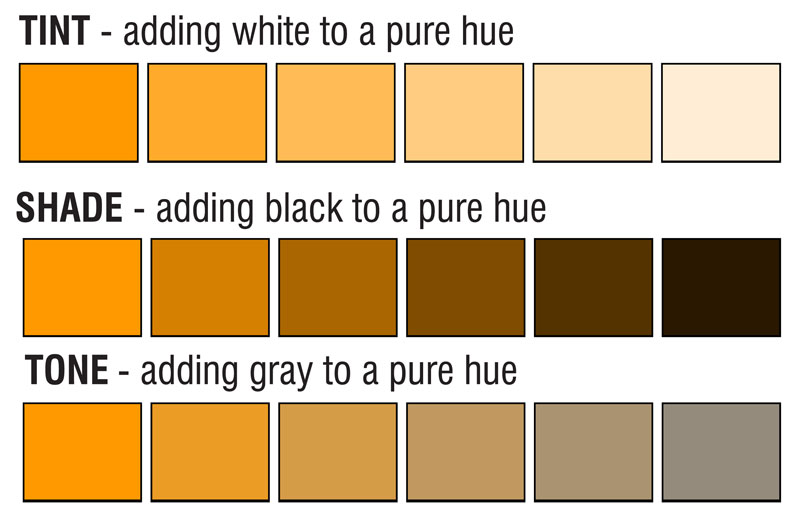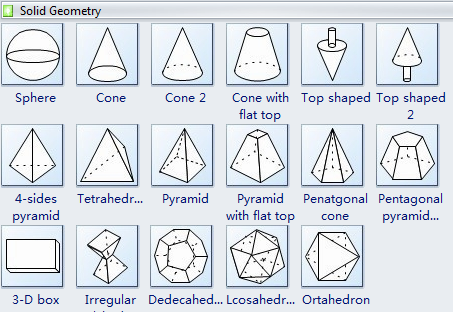WHAT IS A VISUAL ART - COMPOSITION?
A Visual Art composition is a two dimensional (painting etc.) or three dimensional (sculpture etc.) representation reflecting an idea, concept, observation or emotion, whose structure (composition) should be pleasing and who may create primarily an experience in the viewer. However, for an artist, a Visual Art composition is an arrangement or organisation of some art elements on the basis of art principles.
THE FUNDAMENTALS OF VISUAL ARTS
The Fundamentals of Visual Arts has two components
(A) Element and (B) Principles.
(A) The Elements: These are –
(1) Point - It denotes to a mark which can be seen clearly , it is circular in nature (form), which occupies merely a negligible area in compare to the whole space.
(2) Line - Line is a distance between two points. A line is formed by placing some points nearer. It denotes movement and a force from one end to the other, metered by eyes. It derives its force from the person who draws it.
(3) Form - It denotes to an outward or visual appearance of an object, which refers to a whole organisation of an object.
(4) Colour - Colour is the property of light and a sensation conveyed to the mind through media of the eyes, which act like a camera light is the source or origin of colours.
On the basis of the purity and mixing of colours, we may classify them as following:
(1) Primary Colours: The colours which cannot be acquired by mixing any other colours. They are existed in nature independently and are completely pure. Such Primary Colours are red, yellow and blue only.
(2) Seconadry Colours: The three colours formed by mixing any two primary colours in equal quantities are called the Secondary Colours and they are Orange, Violet and Green.
The Secondary Colours
(i) Yellow + Red = Orange
(ii) Red + Blue = Violet
(iii) Blue + Yellow = Green
3) Complementary or Opposite Colours: Such colours which fall opposite to each other in the wheel of the secondary colours, they are known as the complimentary or opposite colours. Such as Green is complemetary of Red, Orange of Blue and Violet of Yellow.
(5) Tone - It refers to the lightness and darkness of a colour. Tone is the visual appearance of the movement as affected by light on a surface or by lack of light producing darkness.

(6) Texture - Texture is the character of the surface, such as smoothness or roughness. It has two dimensions .
(i) Textile quality which can be felt and enjoyed by touching which lies in the smoothness or roughness of the surface.
(ii) Visual quality which can be felt by seeing an object. All types of textures may be categorized in the natural, copied and created textures.
(7) Space - The surface on which an artist created forms is called space: Both, two-dimensional (painting etc.) as well as three-dimensional forms (Sculpture etc.) occupy space.
Space division may be of two types:
(i) Formal Division: In which the surface is equally divided with the help of lines, so that the weight age of the surface from left to right and top to bottom are equal.
(ii) Informal Division: In which an artist is free to divide the space unequally, which provide unlimited possibilities for creativity and originality in a painting.
(B) The Principles: These are –
(1) Unity
(2) Harmony
(3) Balance
(4) Rhythm
(5) Emphasis or Dominance
(6) Proportion

No comments:
Post a Comment